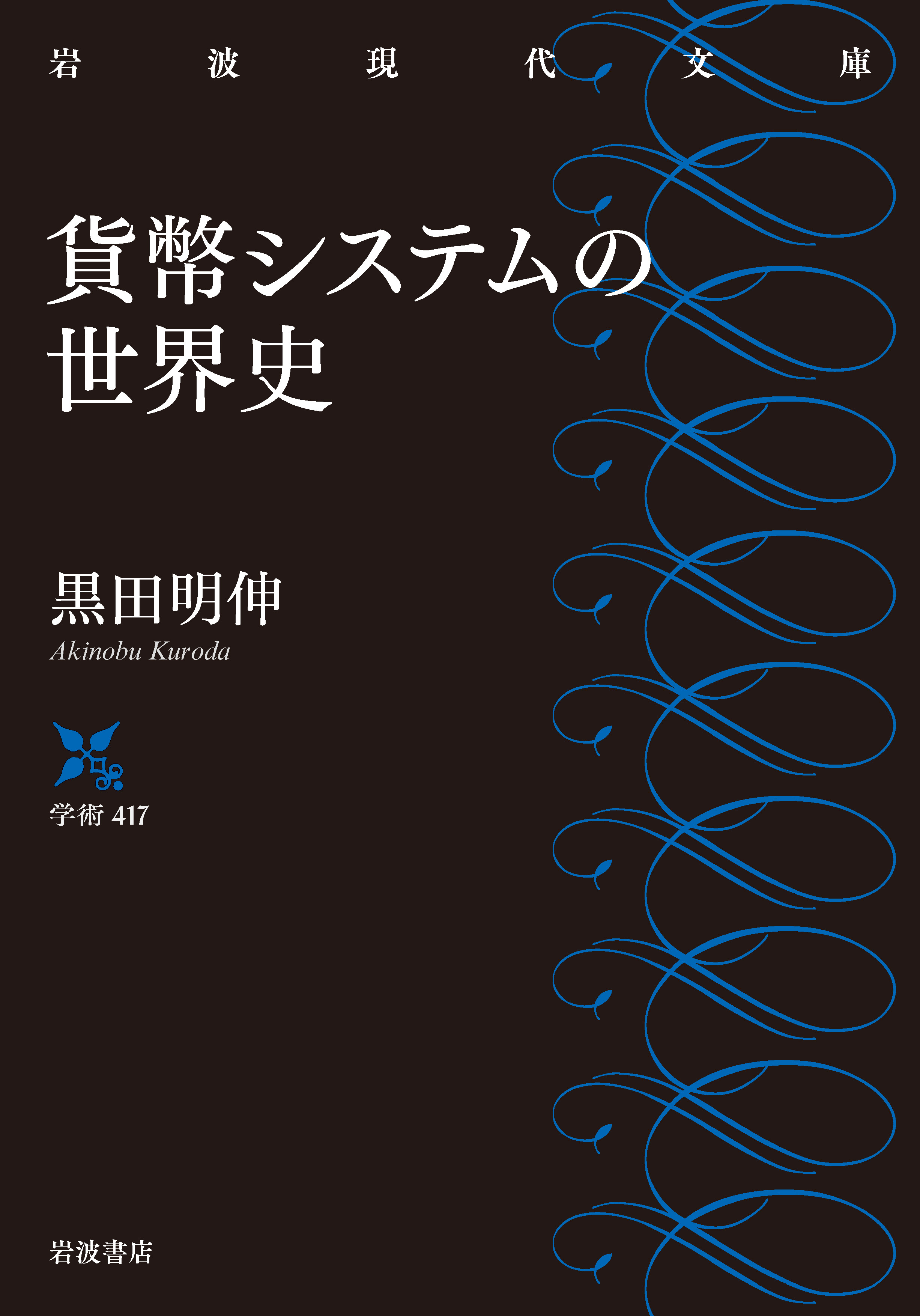
Title
Iwanami Contemporary Classics Kahei system no sekaishi (A World History of Monetary Systems)
Size
372 pages, A6 format, softcover
Language
Japanese
Released
February 14, 2020
ISBN
9784006004170
Published by
Iwanami Shoten
Book Info
See Book Availability at Library
Japanese Page
Implicitly, modernity in money has been discussed along a teleology from a state-oriented viewpoint. This implies that, like water flowing downward, sooner or later, a monetary system should incorporate transactions nationwide into a coherent order under governmental control. The establishment of a set of convertible currencies under one sovereignty should be a goal toward which a monetary system could endogenously evolve as market activities develop within the territory of a state. Convertibility between currencies means there is no need for money changers to operate within the nation, which should cut the transaction costs due to exchanges between inconvertible currencies. Those propositions mentioned above fit the prospects popularly kept in mind of rulers whose administrations depend on taxation and the authorities for a monetary supply whose profits result from the monopoly of issuing currency.
When turning perspective to people engaging in business at the ground level, however, the same phenomenon tells quite a different story. Through the period when peasants were the majority of inhabitants and exchanges were made locally among them, these exchanges inevitably had a seasonal surge after harvest and a contraction during off seasons. Each transaction among peasants was of a small amount, so a fractional denomination of currency was required unless they used a deferred payment. Fluctuating demand for fractional currencies mediated transactions at a marketplace, which could not always accord with the means of exchange supplied by merchants engaging in distant trade. From the viewpoint of providing a means of exchange with peasants on the spot, an unfixed exchange rate between a local currency in a smaller denomination and an interregional currency in a larger denomination could work to flexibly supply a means of exchange in transactions between the end users.
Global history has uncovered the fact that coupling between the endogenous invention of money and the exogenous introduction of money, in reality, always generated a variety of customs in the intermediary sphere interfacing a bottom-up monetary establishment and a top-down monetary regulation. In the mezzo-scope sphere, neither micro nor macro, implicit or explicit agreements among dealers generated various devices such as imaginary money and currency circuits for the purpose of maintaining a monetary supply to flexibly meet demand.
Such an interface device was sometimes brought from beyond the sea. There were many cases in which a foreign-origin currency was popularly circulated at a distance, such as old Chinese coins in medieval Japan, shell monies from the Maldives across Africa, and Mexican silver dollars in modern East Asia. Those cases unveil an aspect of what caused locals to actually accept an item as money. Typically, the Maria Theresa dollar bearing the date of 1780, which was minted in Vienna, continued to circulate with a premium in Africa and the Middle East until the early twentieth century. Keeping the same Empress’s effigy and date was more decisive than any intrinsic value or authorization in being accepted by local dealers. In extending those findings to a more general implication, we can see that neither commodity value nor governmental enforcement is a necessary condition to generate money, though both conditions can enhance people’s acceptance of it. Those cases demonstrate that money works as a social circuit connecting people who engage in exchanges.
(Written by KURODA Akinobu, Professor, Institute for Advanced Studies on Asia / 2020)



 Find a book
Find a book

